Guide to AI in Accounting: Trends, Tools, and Use Cases

We dive into exactly how finance teams are automating core accounting processes—bookkeeping, reconciliation, reporting—with no coding required. Drawing directly from Nicolas Boucher’s masterclass hosted by Zenskar, you’ll get step-by-step prompts, workflows, and actionable insights to drive your team’s accuracy and efficiency using AI in accounting.
Analyse overdues by age buckets using AI
Let’s imagine I have a list of overdue invoices with columns for invoice ID, amount, client name, country, and due date. That’s typically what you’d get from your ERP. The format may differ, but here’s an Excel file for example.
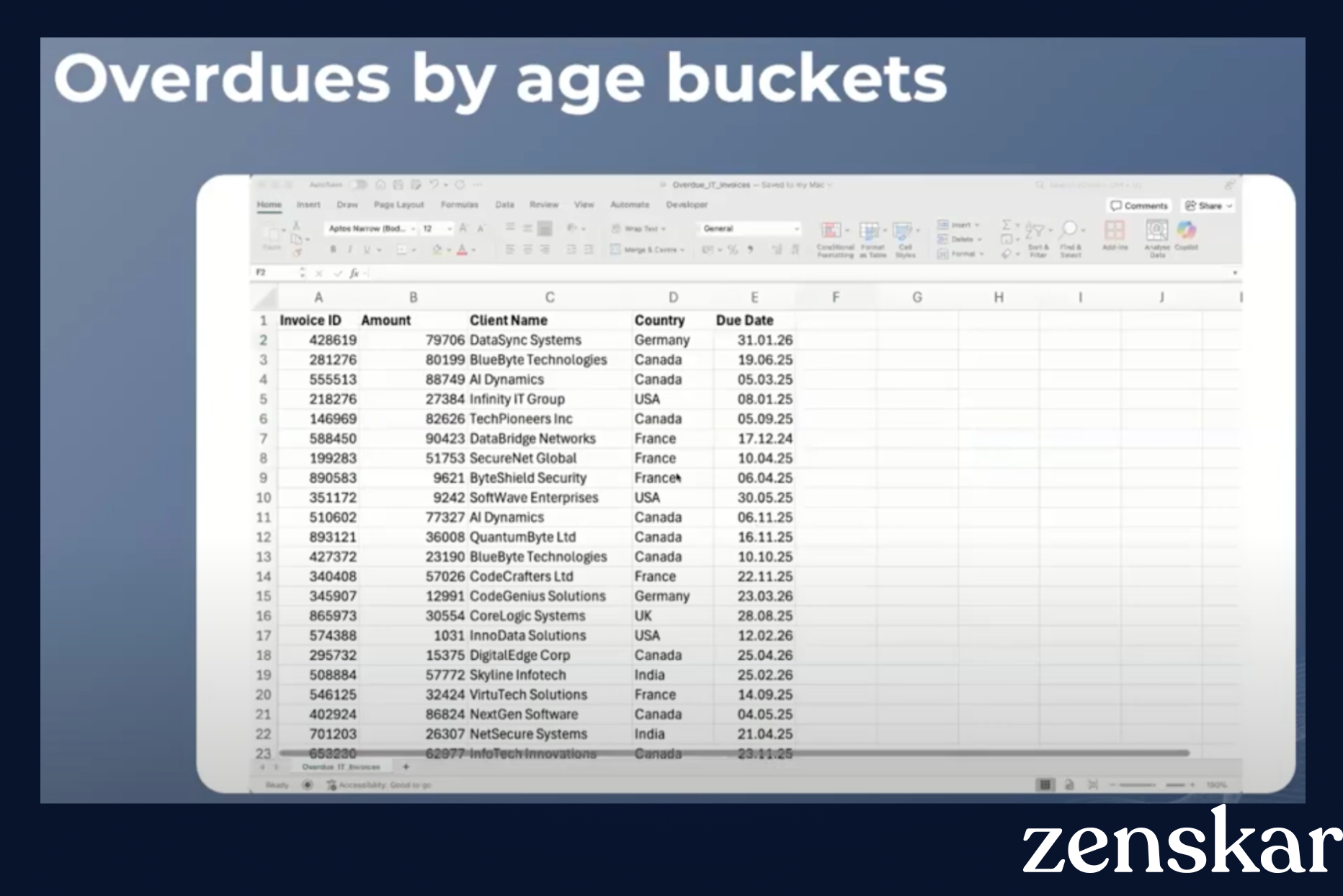

Now, I go into ChatGPT and say: I want to analyze overdue invoices, calculate the number of overdue days, create an AR aging bucket column, and generate a graph.
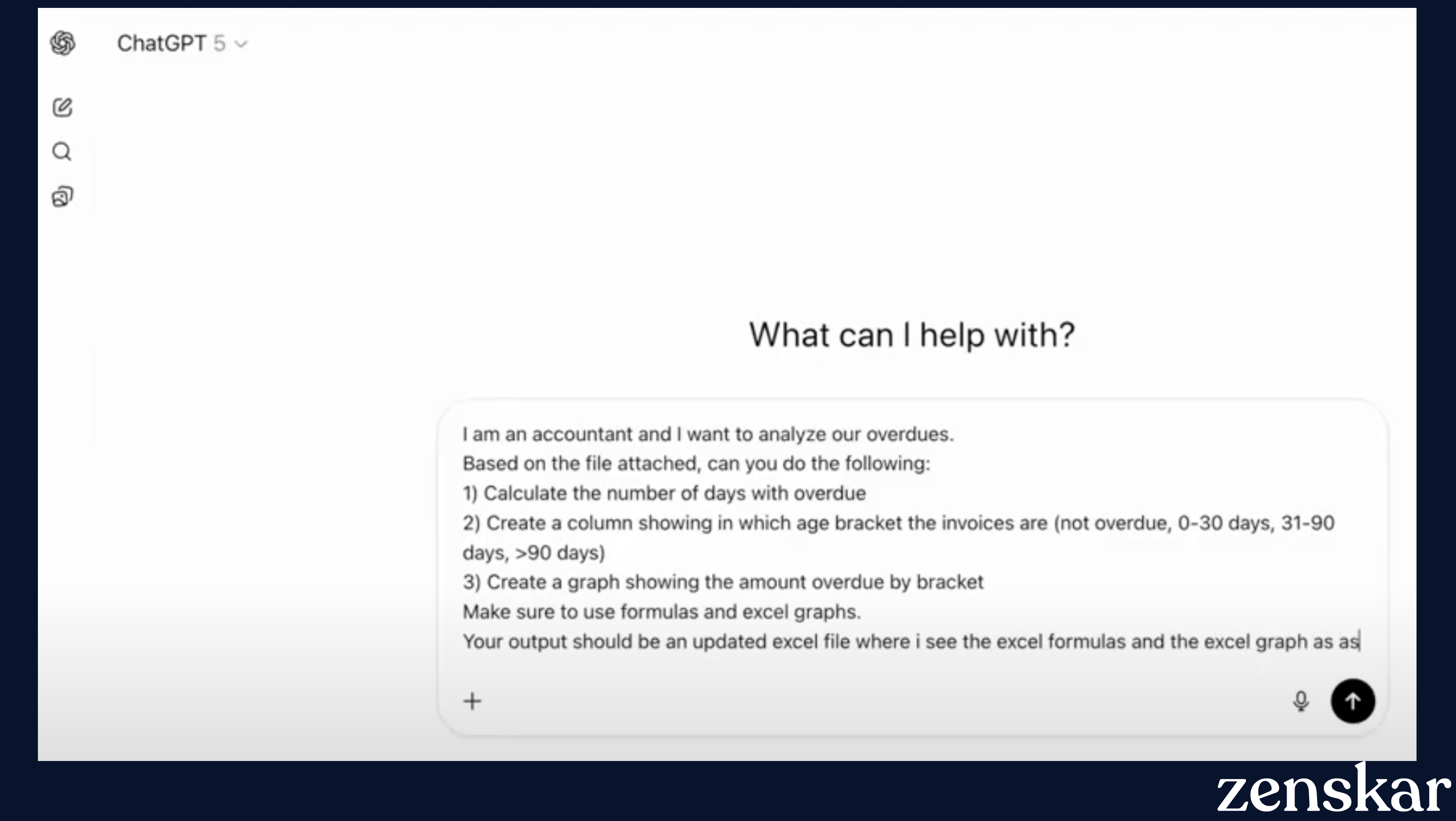
Next, I upload my Excel file. I use ChatGPT Teams, a professional license that allows me to securely input data—it’s covered by SOC 2 Type II reports from external auditors. That’s why I’m comfortable using it.
In just a few seconds, I get back a file. It’s the same file as before, but now with two additional columns. Column F contains a formula.

This type of formula isn’t easy to build. Even though I’m good at Excel, writing it myself would take longer than it took ChatGPT to generate it.
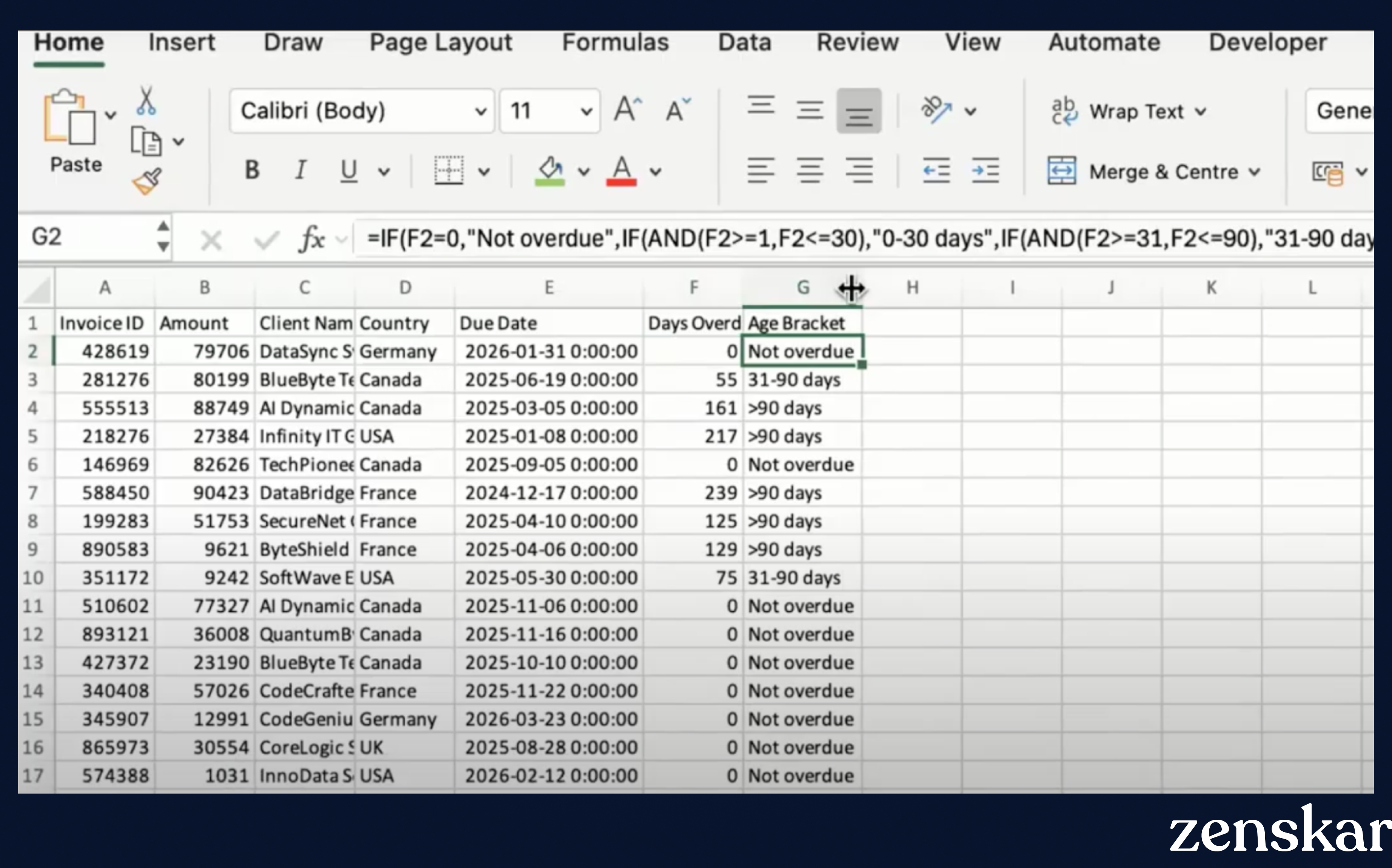
On top of the sheet, I also have an aging analysis displayed as a graph. And it’s not just a picture—it’s a fully functional Excel graph.
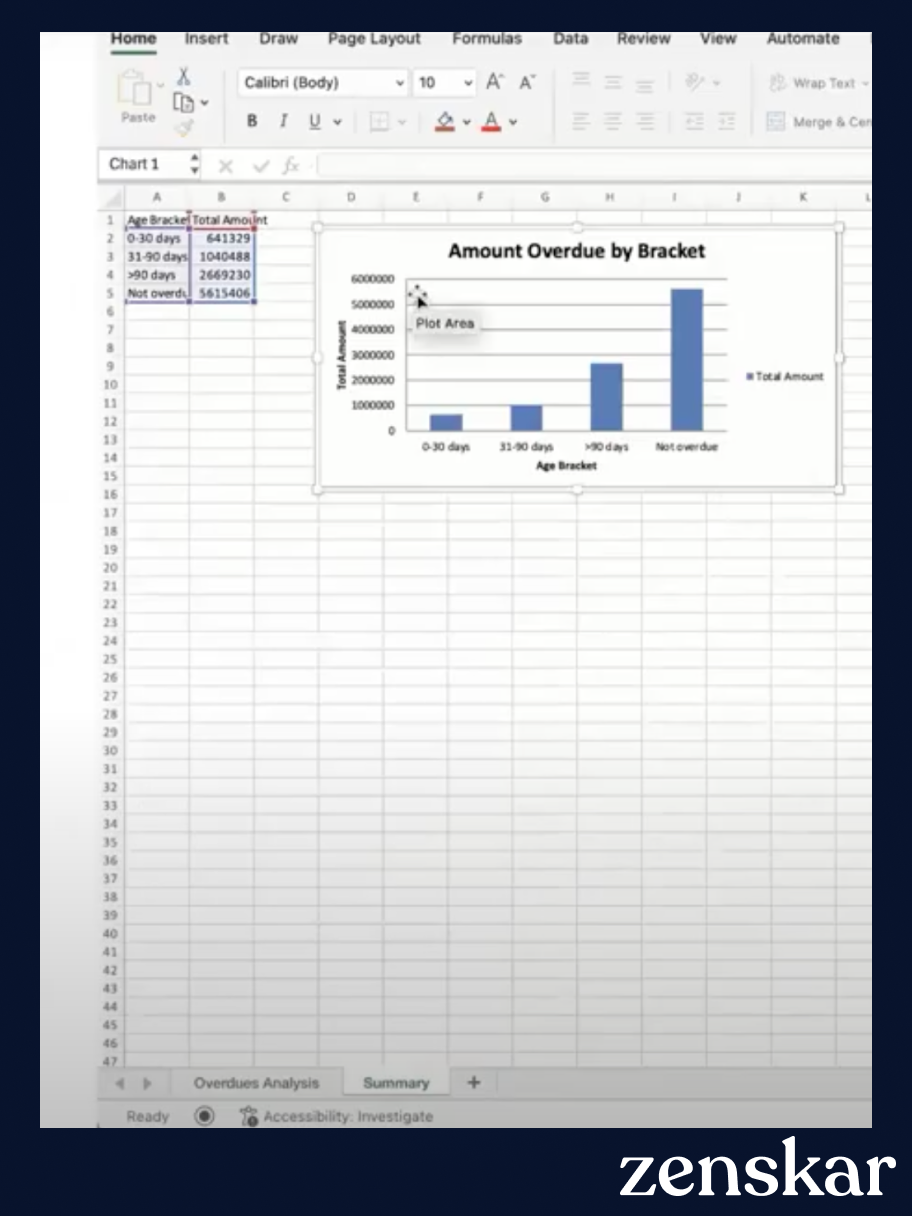
If you want to create a template with these formulas to help you, ChatGPT can generate that as well. Just be explicit in your request—ask for both the formulas and the Excel graphs.
Clean data with AI
Let’s assume you are receiving credit card statements every week for all the folks who have a credit card.
When we open the file, we see one tab per credit card holder. And the financial data looks messy—really hard to use. You can’t do much with this data. It has useless lines, unnecessary columns.

The goal is to analyze the statements: categorize them by travel, services, software, etc. Many of you probably do this manually, which is very time-consuming.
Instead, let’s see how we can use AI to clean the data first. Because before working on data, we need it clean. I often hear: “We can’t use AI if the data isn’t clean.” Let me show you how AI can actually clean the data.
Here, I’ll select one of the statements’ data to show AI how my data looks.

I paste it in ChatGPT and add the prompt:
- I want to consolidate all tabs into one.
- Keep only three columns.
Remove useless header lines in each tab.
Keep the credit card holder name (the tab name). - And finally, add the company they belong to.
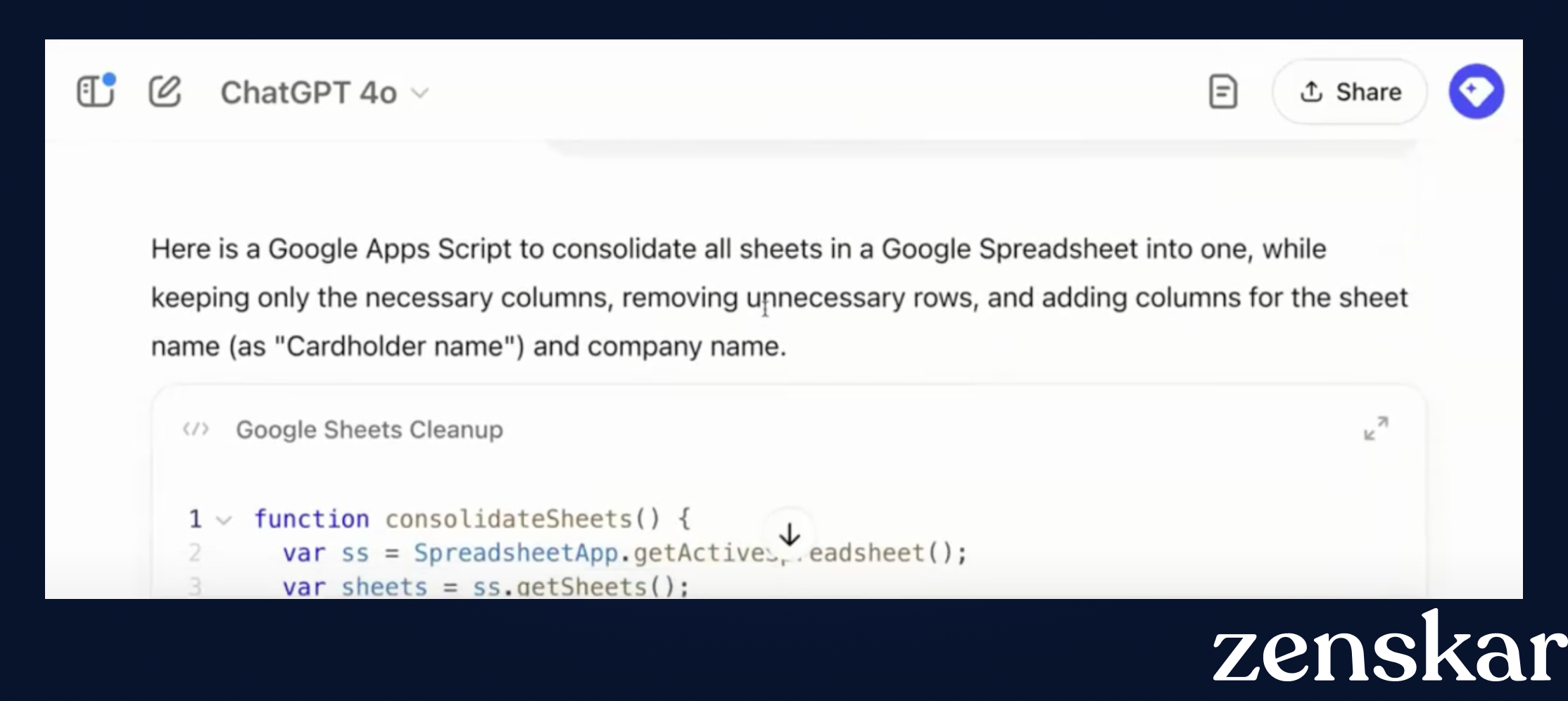
You might think: “This is code, I don’t understand it.” Same for me—I never coded in my life. So I ask ChatGPT: How can I use this in Google Sheets, and where should I add the script?
Now, all the manual work is done automatically by the script. This is an example of how AI can write automations for you. Once the automation works, you don’t need AI anymore—you just reuse the same script every week to compile and clean your data into a simple, usable file.
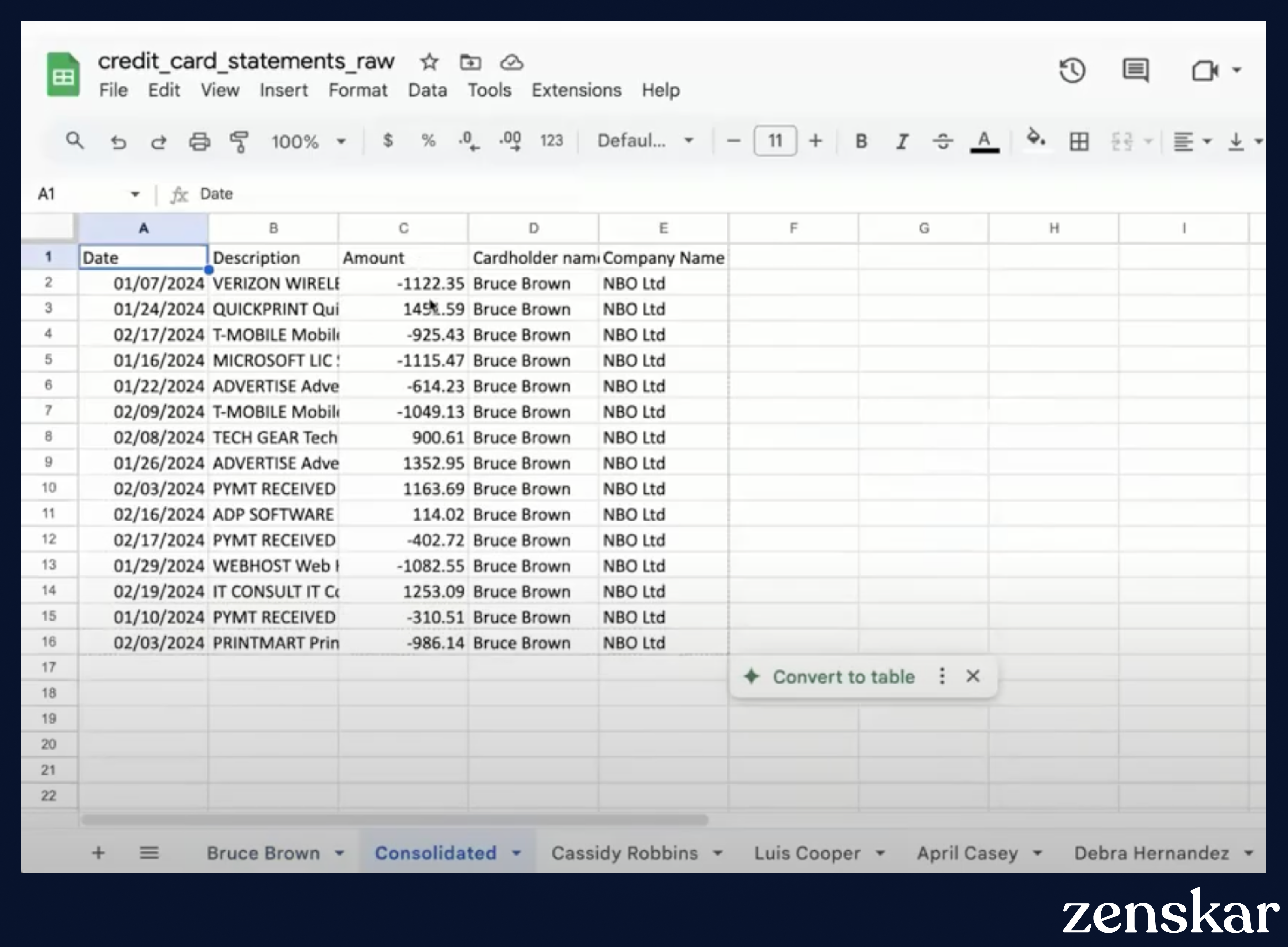
Try Zenskar’s Analytics AI
What I just did in Sheets, Zenskar’s Analytics AI does across complex billing, revenue, and usage data—automatically structuring messy data into ready-to-use charts, dashboards, and insights in under 30 seconds. The best part is you ask natural language queries. No SQL, training, or context needed.
Let your data talk to you by trying Zenskar’s Analytics AI today.
Explore Zenskar Analytics AI.
That’s how AI stops being a chatbot and becomes a reliable analyst. 🙂
Book a demo or watch our product tour to see how you can get instant reports with Zenskar AI.
Frequently asked questions
Generative AI automatically creates narratives, formulas, visuals, and scripts tailored to your accounting needs (see above use cases for aging, categorization, and more).
Yes—with enterprise licenses and SOC 2 Type II coverage, your data is fully protected.
Absolutely. AI can flag anomalies, reduce manual cross-checking, and produce documentation for auditors with evidence automation.
AI tools are easier for non-coders, support natural language queries, and bring advanced analytics with minimal IT dependency.















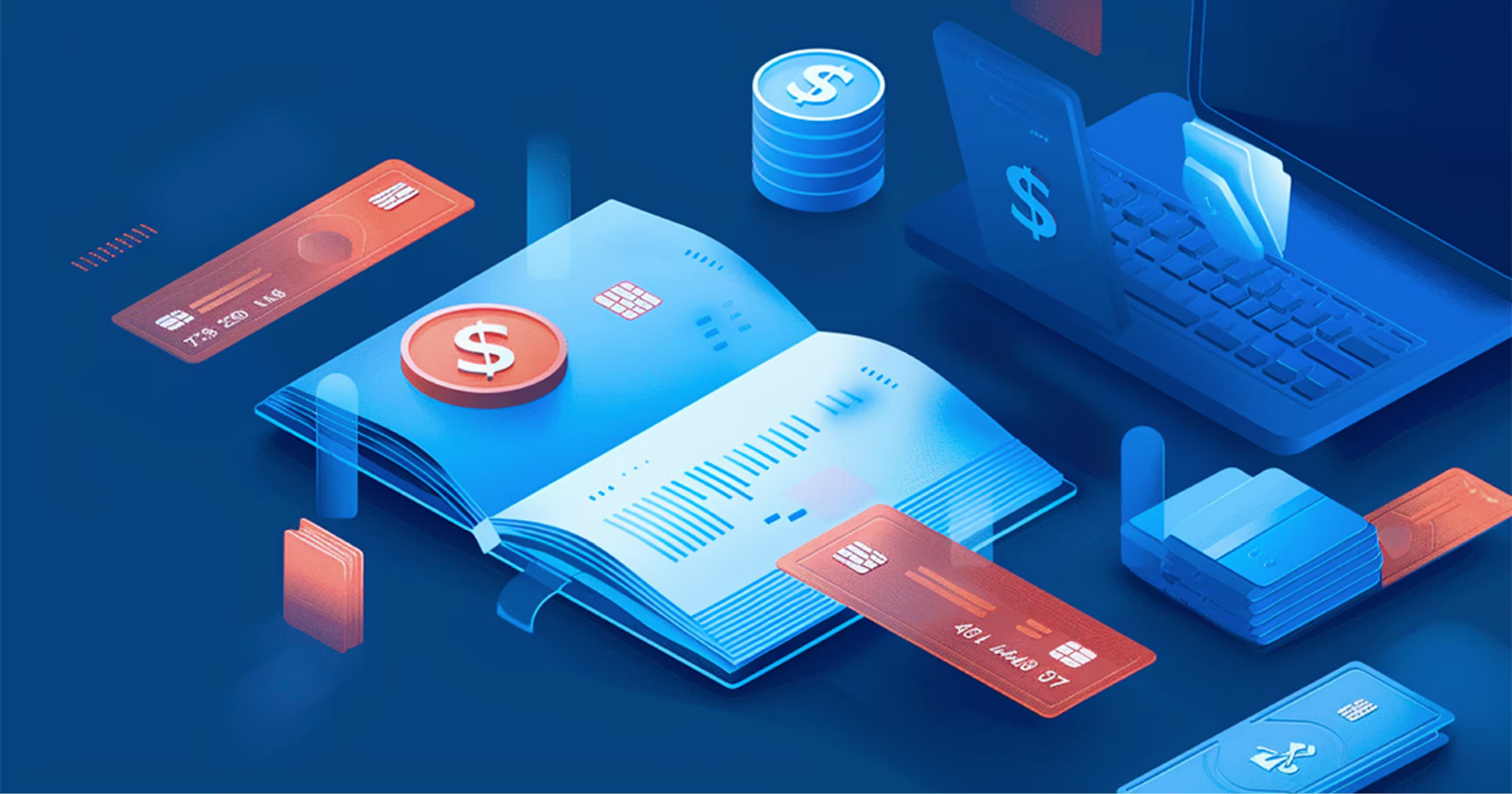

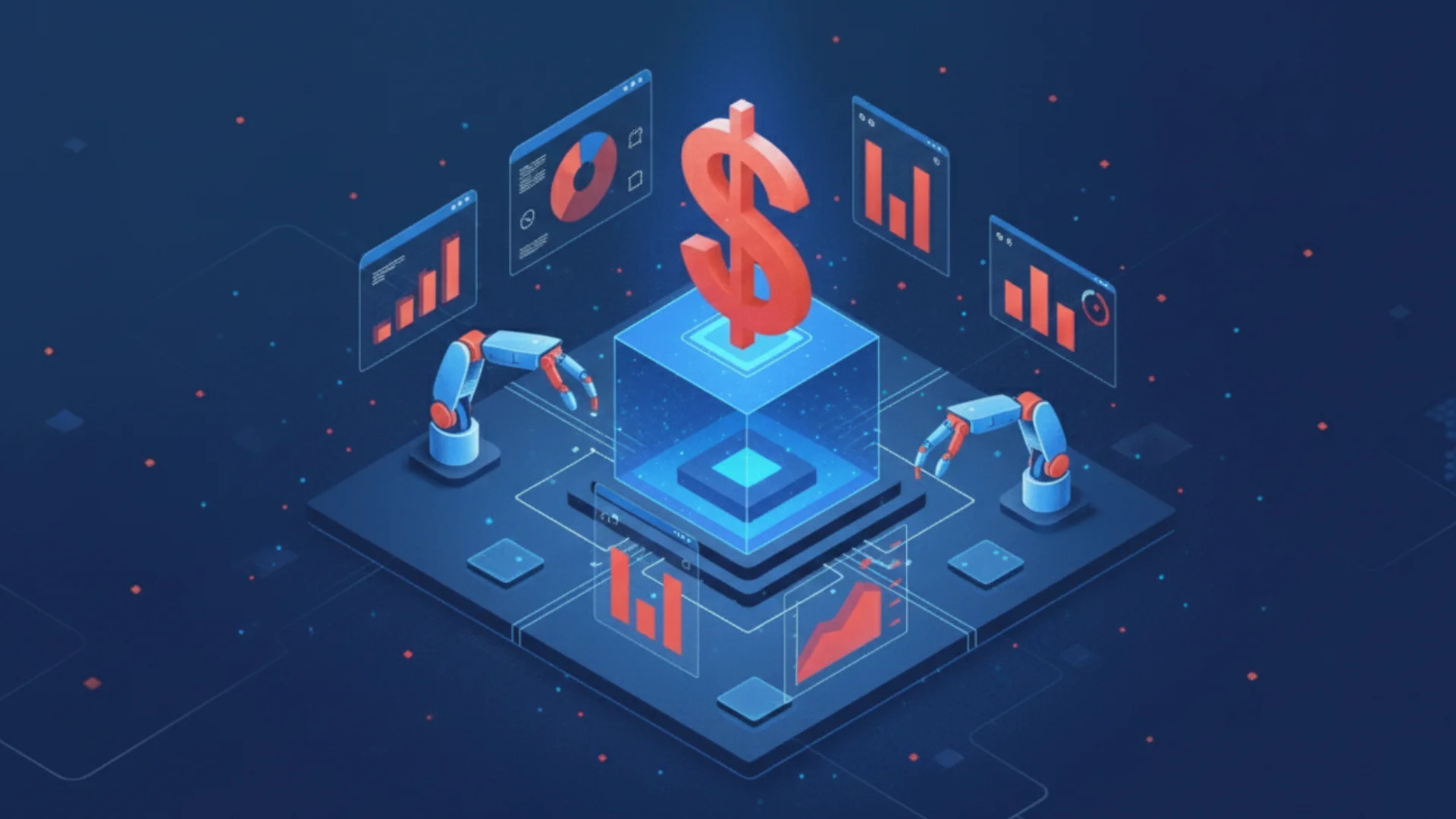

%20be%20truly%20invisible_.webp)






